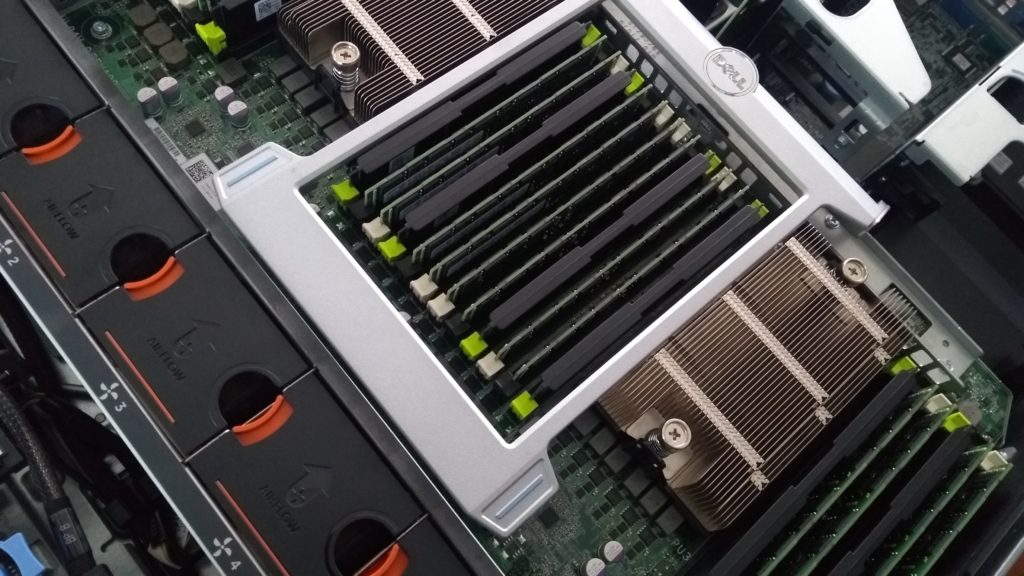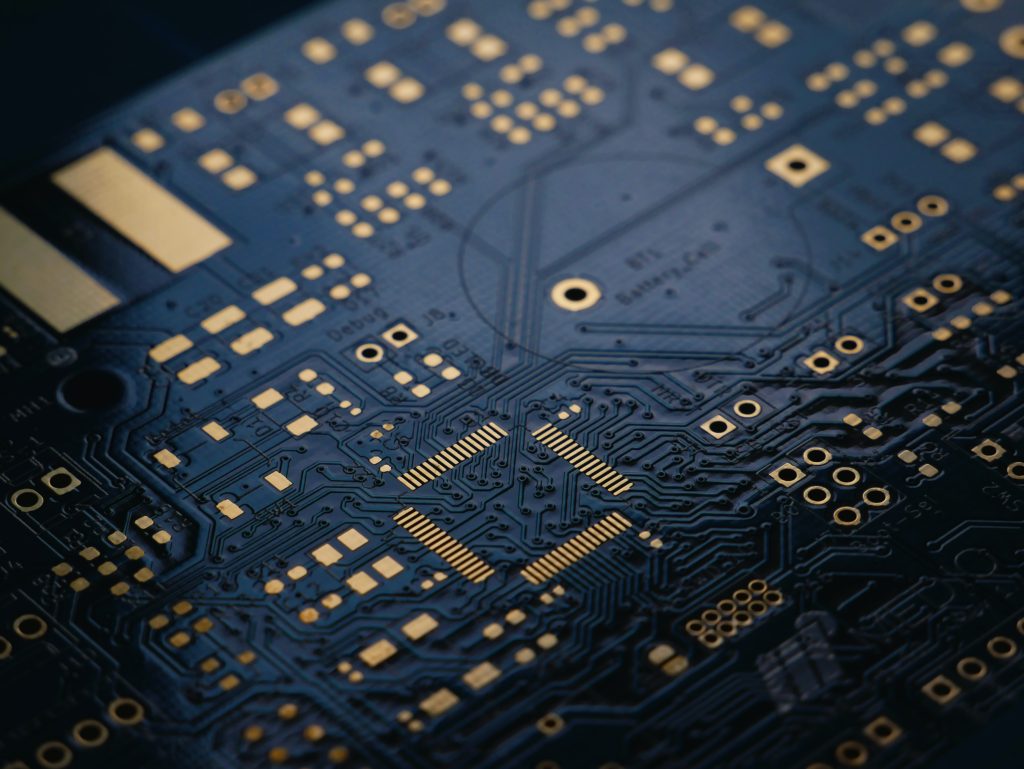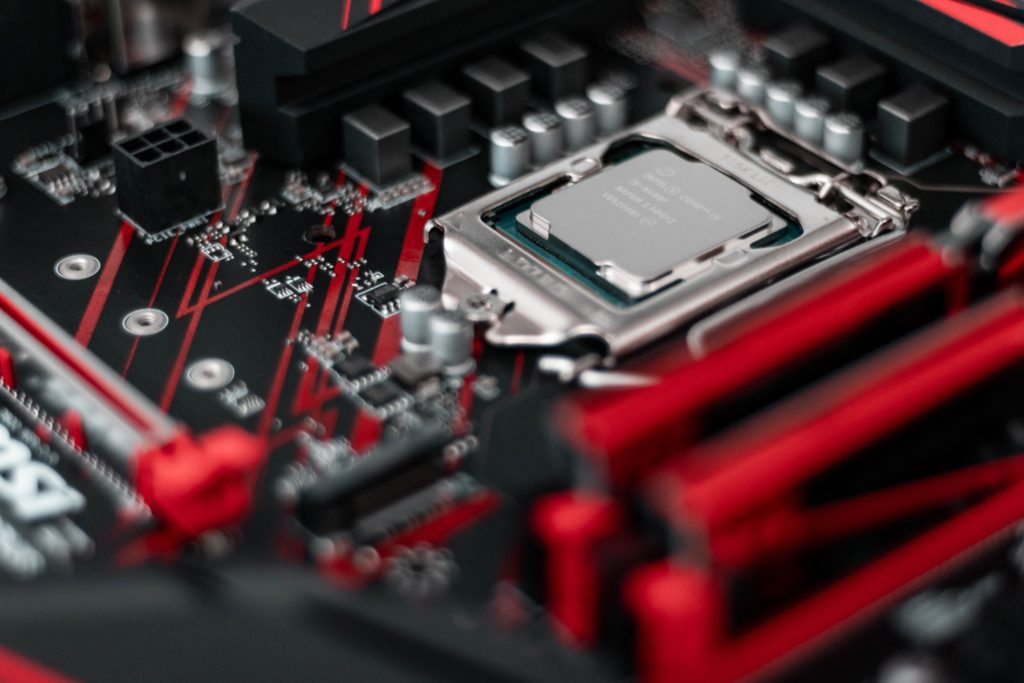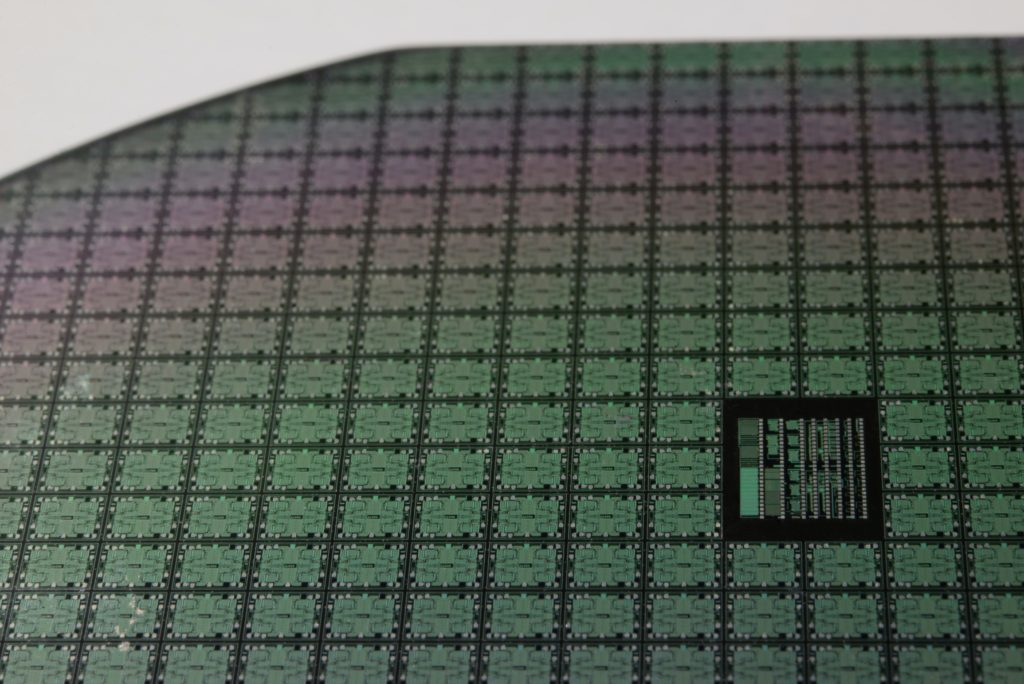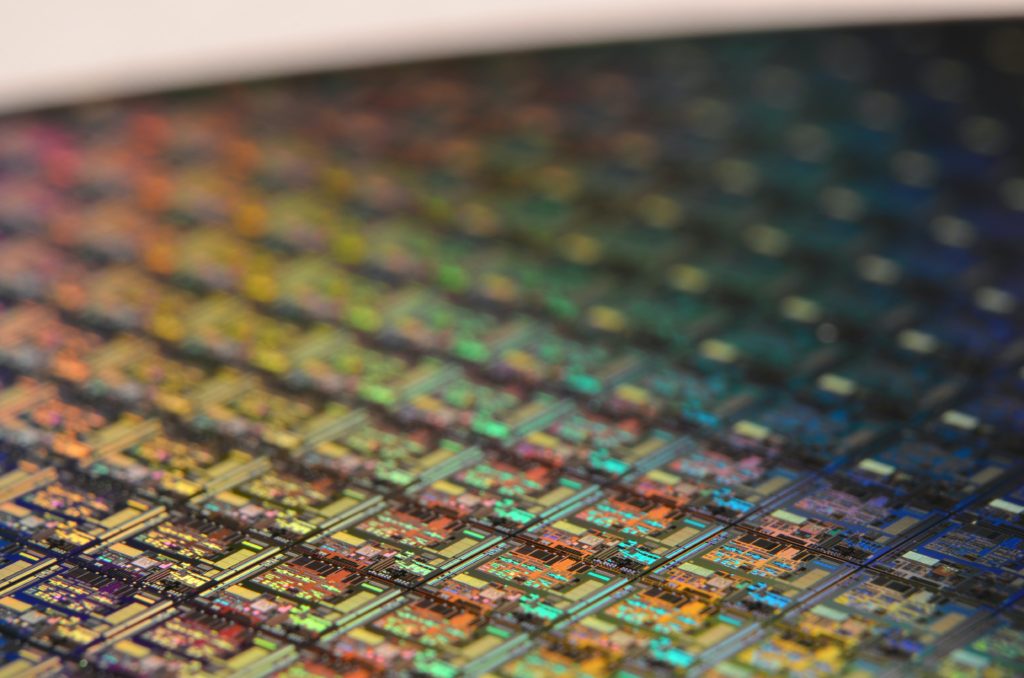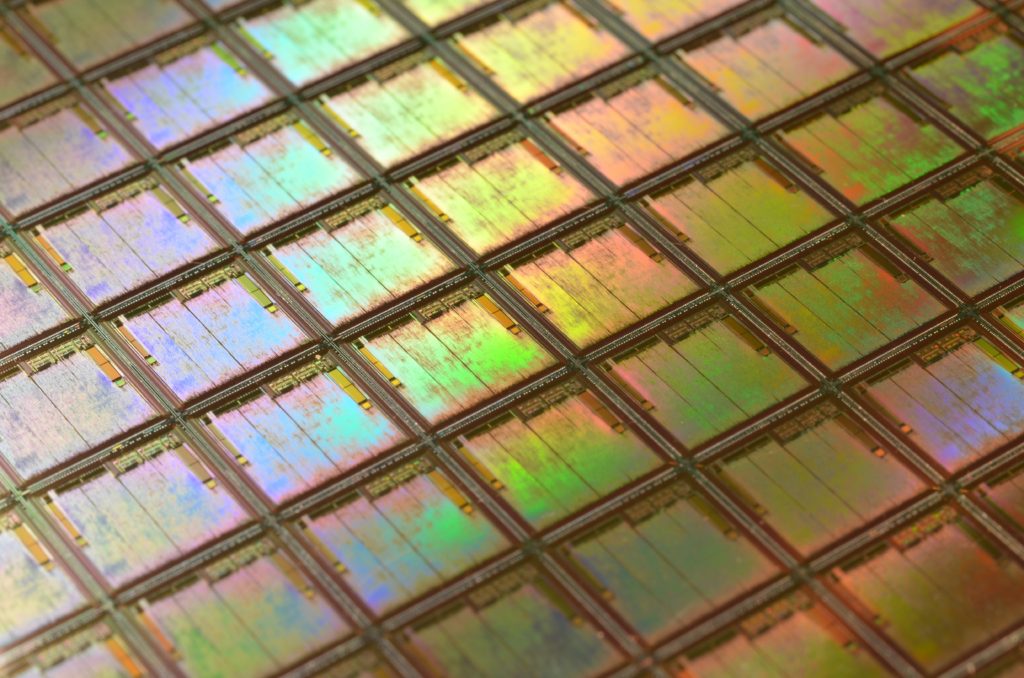Photo by Markus Spiske on Unsplash
Lately, several AI-driven silicon chip solutions have showcased the benefits of utilizing the semiconductor chips designed and manufactured for the AI application. It is also evident based on the several new XPUs being AI-compatible, which is possible only by combining the best features of CPUs, GPUs, FPGAs, and ASICs.
AI-XPU: Silicon Chips Are Designed By Incorporating The Best Computing (CPU And FPGA) And Memory (GPU And ASIC) Technologies And Are Specialized For AI.
Incorporating the best of CPUs, GPUs, FPGAs, and ASICs has thus given rise to AI-XPUs, which have features that can accelerate the processing of AI algorithms by incorporating the right set of compute-to-memory level features. Several processor-focused companies have already shown the benefits of such design and have created an adoption race for AI-XPU.
AI Chip: Market For Chips That Are Adaptive And Can Efficiently Process Data Is On The Rise.
Demand: AI-Driven Products Are Increasingly Demanding Better And Smarter Chip Solutions.
Both the enterprise and consumer are utilizing AI-powered silicon. However, the use cases have been limited and have to evolve. Otherwise, the lower adoption rate will not enable new features for the AI-XPU.

The cost and time to design and manufacture AI-XPU are higher than the traditional general-purpose computing chips. The reason is the adoption rate. Unless AI-XPUs are mass-produced, they will be niche and capital-intensive. The market is demanding AI-powered silicon. However, it will be crucial to ensure the use cases of such applications are vetted. Otherwise, the cost and time spent will not provide the expected dividends.
AI-XPU: AI-XPU Has Thus Become An Important Part Of The Race To Adopt Better Adaptive Solutions.
Use Cases: Customers Will Have To Ensure The AI-XPUs Are Used For The Right Use Cases, Or Else Cost Will Rise.
AI-XPU chips also face similar technical (memory, scaling, interconnect, etc.) hurdles as the traditional XPU chips. On the positive side, the advent of advanced packaging solutions and the growing use case of chiplets could be positive news for AI-XPU. Such new semiconductor design and manufacturing solutions can speed up the adoption of AI-XPUs.
Computing demand will never go down. On the server side, the requirement to process data without adding latency will always grow. Thus, AI-XPU is a perfect fit for such use cases. Hence, faster adoption is crucial to make AI-XPU affordable.


